In 1966, the photographer Gordon Parks traveled to Florida to meet a 24-year-old Muhammad Ali. The moment Parks walked into the boxer’s hotel room, they established a rapport. “Sit down,” Ali told the photographer. “They tell me you’re the greatest.”
That was the beginning of a years-long collaboration, during which time Parks created some of the most iconic images of the young athlete’s career. Parks accompanied Ali during training; he spent time with his family. Most importantly, he earned his trust. For that reason, he was able to capture the man behind the legend.
In portrait photography, people skills are often more important than technical know-how. It’s not the camera or the lens that makes a portrait but the relationship between the photographer and the sitter, and you can develop this rapport in a number of ways. Mutual trust forms the foundation of every great session, whether it’s a candid documentary-style shoot or a formal headshot. Below, we’ll cover our top tips for establishing trust with your subject behind the camera.
Tip #1: Ask questions
The great 20th-century portrait photographer Yousuf Karsh frequently met with his subjects the day before a shoot, just to learn more about their personalities. Before you even bring out your camera, consider setting up a meeting. Ask about their interests, and notice their body language and gestures. Spending time with people face-to-face will help you to become familiar with what’s natural and authentic to them.
Even during the session itself, don’t be afraid to ask questions. Keep your subjects engaged and talking. One conversation starter Karsh frequently used was, “Who is the greatest person of this century?” The answer often revealed something interesting about his sitter.
Tip #2: Be confident
Inspire confidence in others by believing in yourself and your abilities. Arrive at every shoot early, and be prepared for anything. Scout your location in advance, and consult with your model about wardrobe (you can send a style guide for convenience). Double-check your equipment the night before, and get a good night’s sleep so you arrive rested, relaxed, and ready.
Tip #3: Make it fun
The renowned photographer Philippe Halsman had a method he called “jumpology.” When working with self-conscious subjects, he asked them to jump. In mid-air, he found people’s guards went down, revealing their inner worlds. His photos have since been praised for their “sublime silliness.” Invite your sitters to play and move on set. You can also ask them about their favorite music and create a playlist for your session. Encourage them to let go and let loose, and they’ll reward you with joyful, candid moments.
Tip #4: Share some insider tips
Not everyone is immediately comfortable in front of the camera, so consider giving them some ideas and behind-the-scenes secrets. You can check out our guide to posing for non-professional models here and work with your sitter one-on-one to come up with more ideas that work for them. Show your subjects that they’re in good hands by giving them simple suggestions, and then let them move around naturally.
You can also bring your own prop collection or wardrobe options to help your models feel their best. The legendary portrait photographer James Van Der Zee, for instance, often gave his sitters access to a variety of backdrops, props, and furniture to help set the scene.
Tip #5: Stay flexible
Speaking of Van Der Zee, while he did have a famous studio, he also visited houses, churches, and schools at the request of his clients, to document events like weddings or sports matches. Tailor your approach to your client, and try to accommodate their needs (within reason, of course). A portrait is a collaboration, so keep an open mind.
Tip #6: Be transparent
If your subject is also your client, take the time to set expectations. Explain your prices and outline deliverables. Make sure they understand what the process will look like from beginning to end, including what they’ll be paying and where they can use the final photos.
Even if your sitter isn’t your client, it’s still important to be clear and transparent about your process. If you’re shooting for commercial purposes, including Licensing, explain the various places where the photo could end up being displayed. Keep the lines of communication open, and be ready to answer any questions they might have.
Tip #7: Invite feedback
If you can, show your sitters some of the best photos throughout the shoot and provide regular encouragement. Give genuine compliments. Explain what you love about what they’re doing—their gestures, expressions, etc.—and ask if they have any ideas they’d like to implement. It helps to provide direction and guidance, but remember to encourage them to speak up if they want to try something new.
Tip #8: Take your time
You rarely get “the shot” within the first few minutes of a session, so take as many photos as you can, while letting your subject relax into the moment. Here’s another lesson from Yousuf Karsh: when he photographed John L. Lewis, the labor leader went to stand up after taking one photo. Karsh explained, however, that he would need to use every second of the full 45-minute session. Lewis stuck around for the remainder of the sitting, and Karsh got his photo. If possible, give yourself more time than you think you need, and make the most of each moment. Avoid rushing or acting like you have somewhere else to be; your subject is your priority.
Tip #9: Notice the details
Keep an eye out for elements that reveal facets of your sitter’s personality. If you’re photographing a surfer, for instance, maybe you capture her sun-bleached hair; if you’re photographing a guitar player, maybe you highlight their hands. Keep an eye on the hands in general, as we tend to express ourselves with gestures. By taking time to notice the little things, you’ll capture what’s special about your subject and help them recognize it in themselves.
Tip #10: Be kind and professional
Jerry Fielder, Karsh’s long-term assistant and the director of his estate, once remarked that the artist treated everyone the same, from world leaders to celebrities to ordinary Ottawa residents who walked into his studio. Be authentic and real, and show that you’re interested in learning more about people’s stories.
Tip #11: Follow through
Go the extra mile to make your sitters happy with the session, whether that means delivering your photos before the deadline or giving them a gorgeous print to say, “thank you.” Stay in touch after the session with news from your portfolio or opportunities for future shoots. If you photographed someone’s engagement, for instance, follow up and keep in contact so you can document other important moments in their lives. Show your sitters that you’re worthy of the trust they’ve placed in you.
Not on 500px yet? Sign up here to explore more impactful photography.

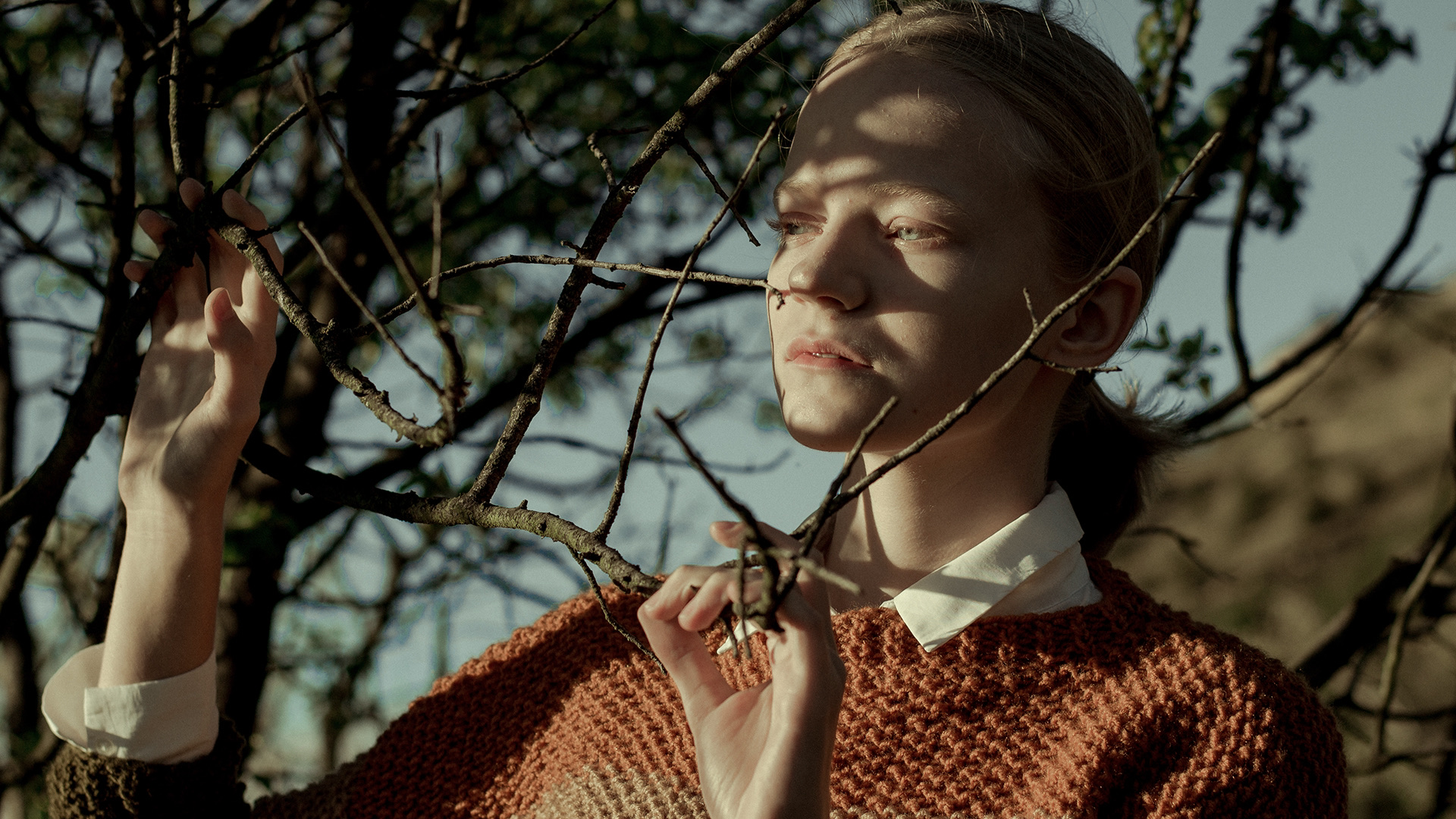
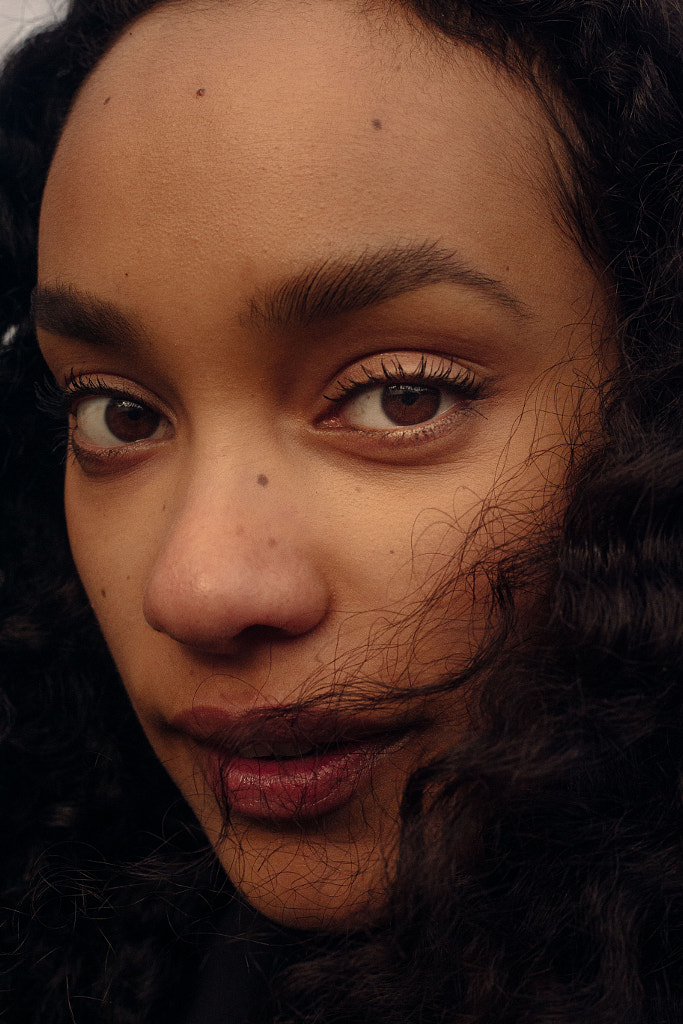
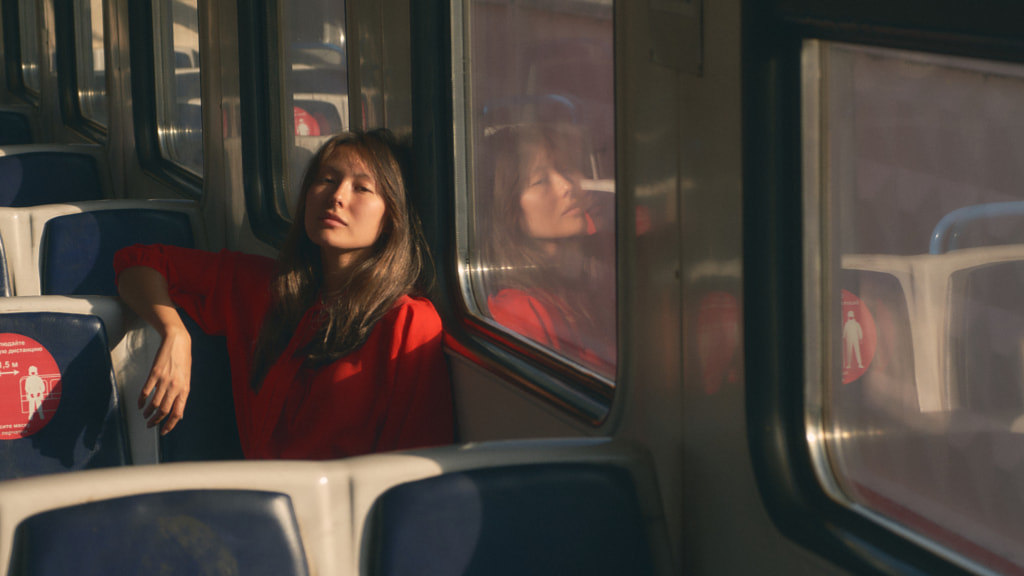
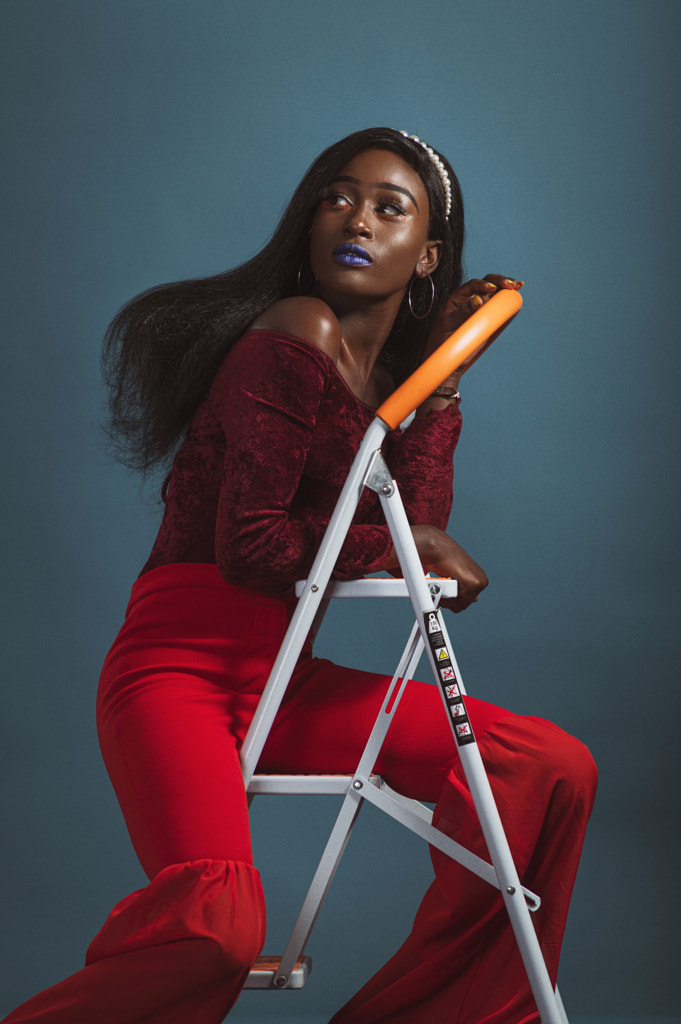

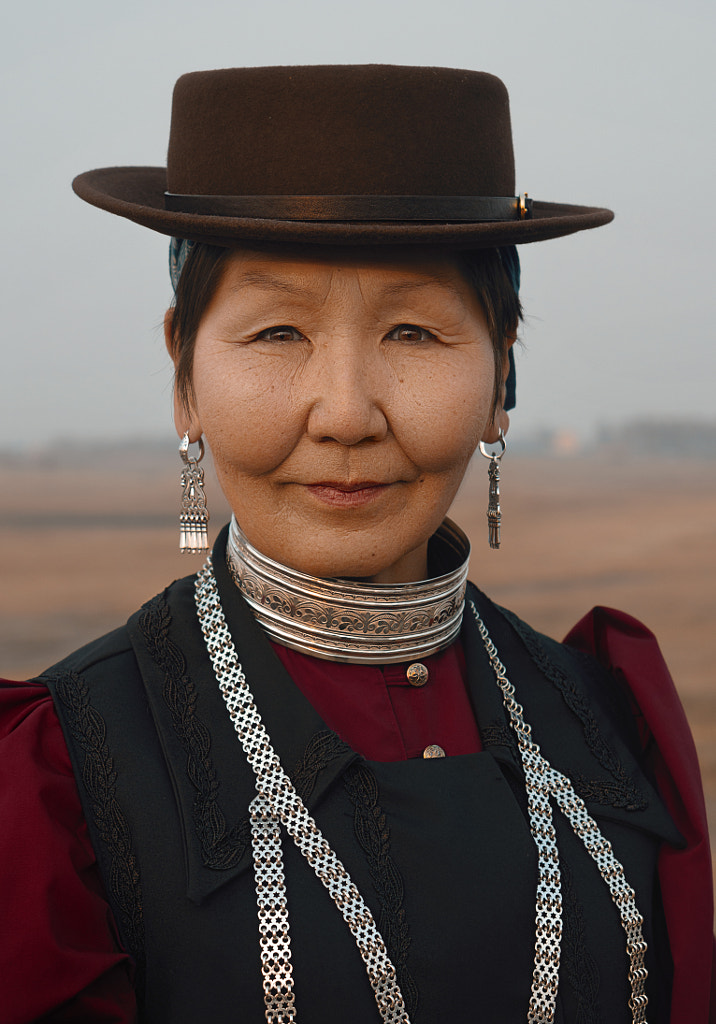

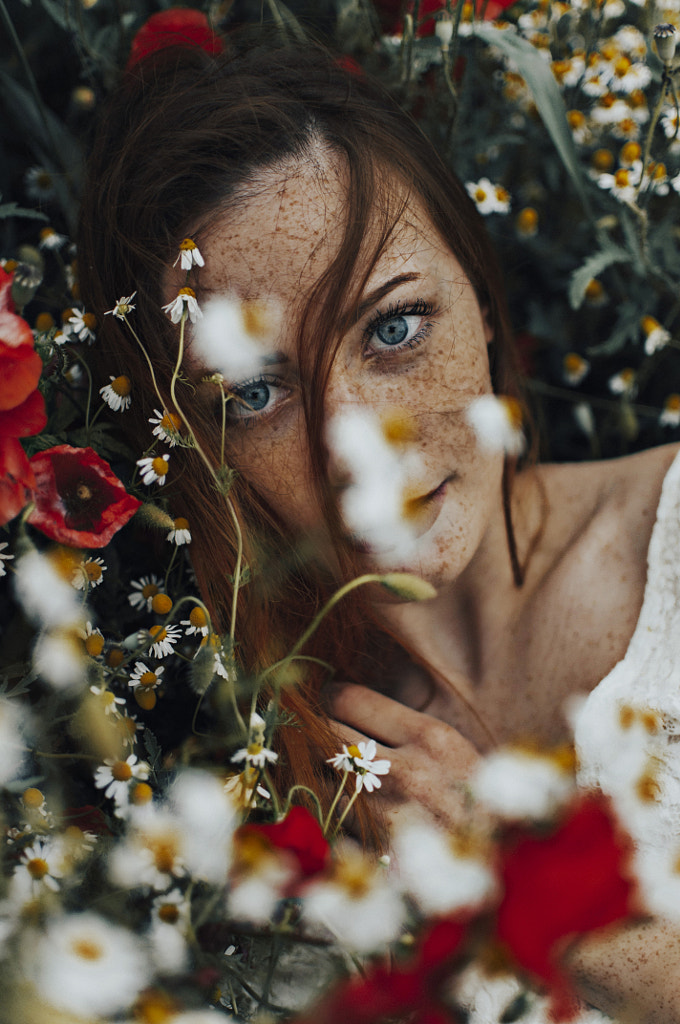

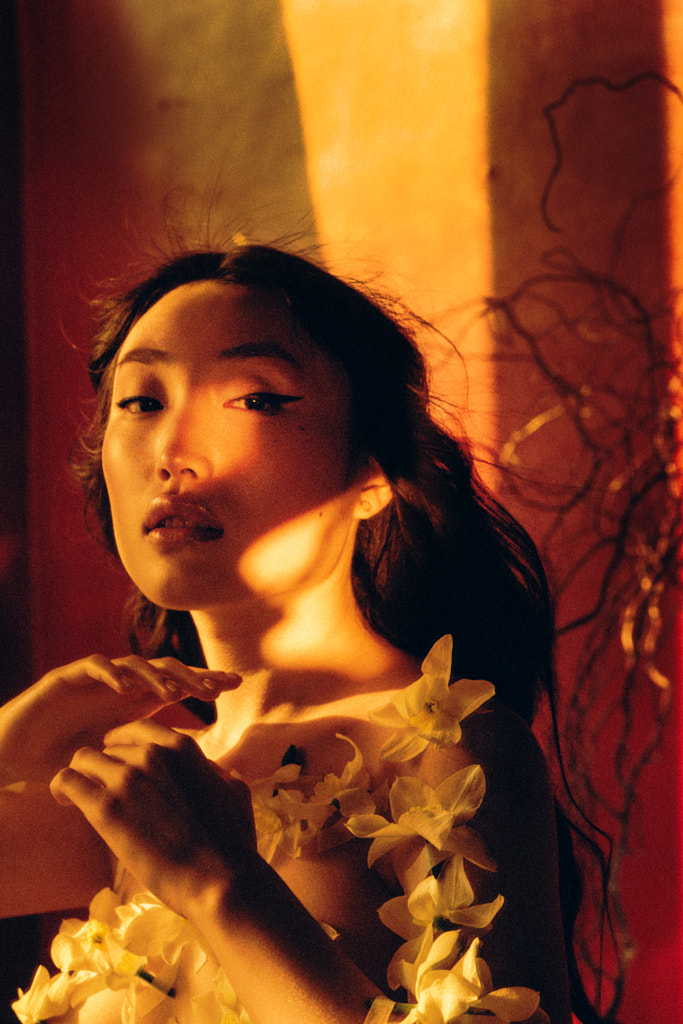

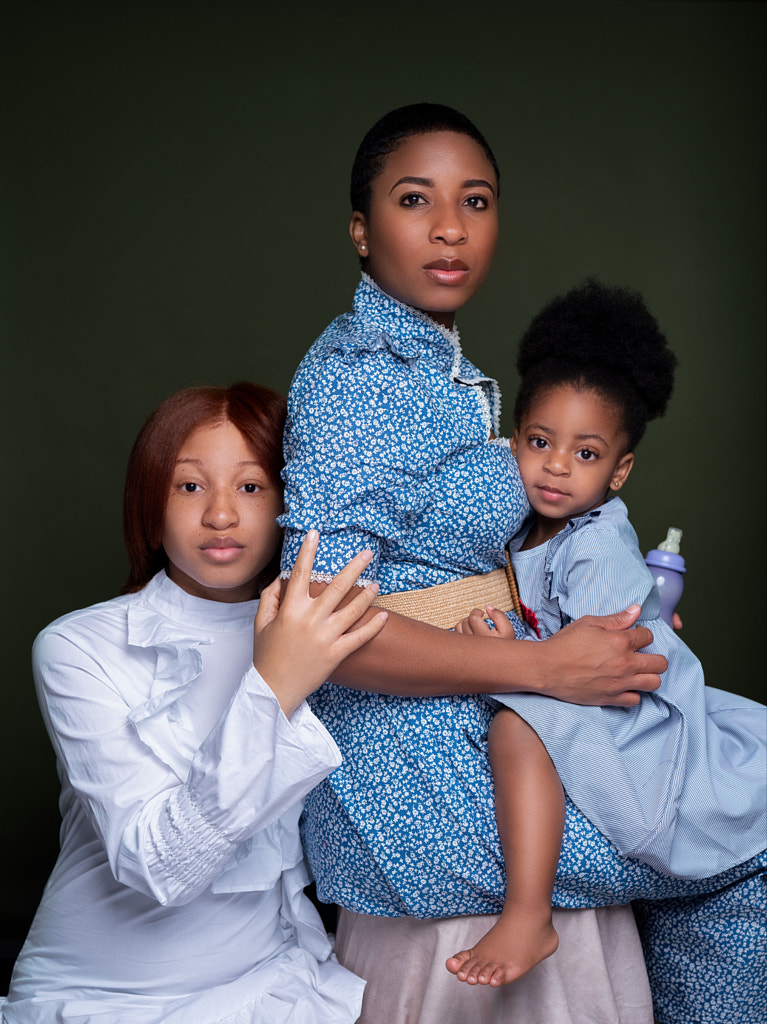
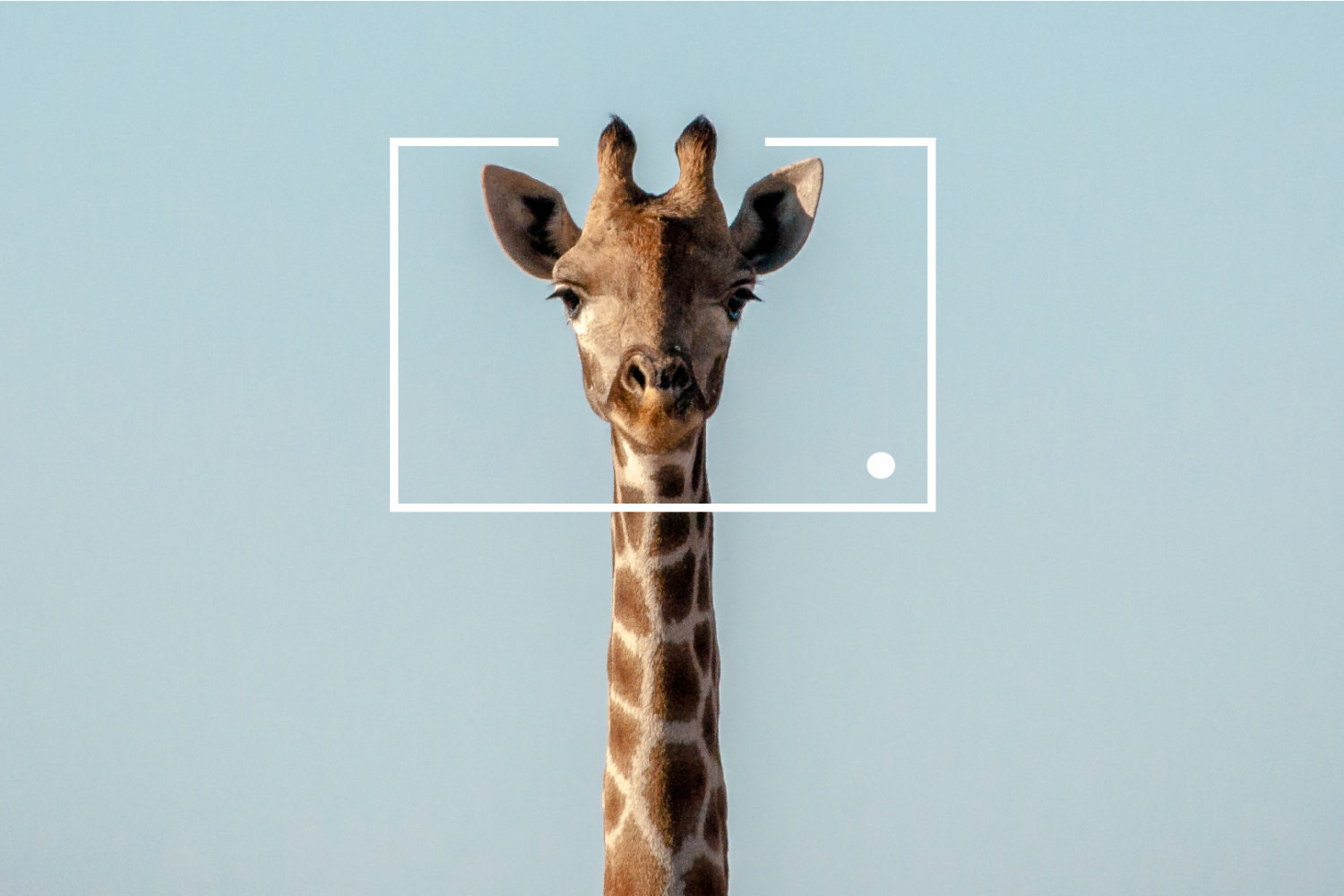




Leave a reply